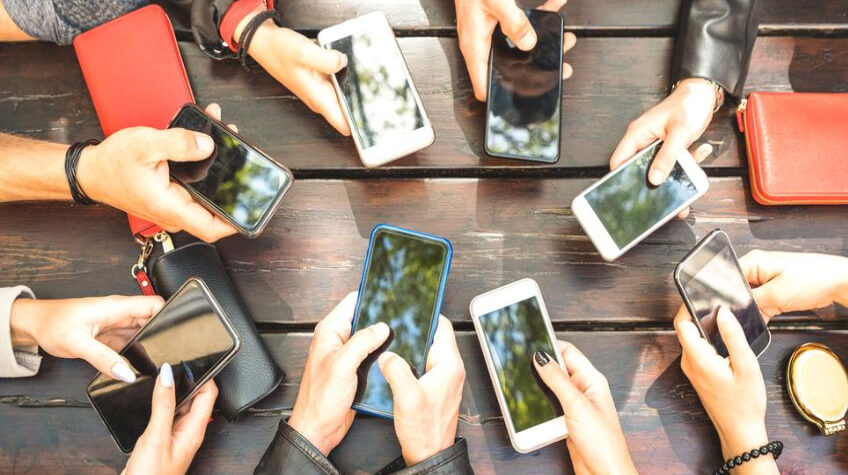Making your smartphone better connected by 2024 will make it work better and give you a better experience. Here are some important things you can do to get the most out of your smartphone’s connectivity:
1. Use a 5G network
Upgrade to 5G: If you haven’t upgraded to 5G yet, you may want to invest in a smartphone that supports 5G to get faster download and upload speeds, less latency, and a more reliable network. Make sure your cell phone plan supports 5G to take advantage of what it has to offer.
2. Get the most out of WiFi
Use a dual-band Wi-Fi router: You can connect to both 2.4 GHz and 5 GHz networks using a modern smartphone that supports dual-band Wi-Fi. The 5 GHz band is generally faster and less congested, making it ideal for bandwidth-demanding streaming and gaming.
Wi-Fi Calling: If you’re somewhere with a weak mobile signal, you can still use Wi-Fi Calling to make calls and send messages.
3. Enable Bluetooth and manage connections
Pairing smart devices: Bluetooth can be used for more than just playing music. Connect your phone to smart home devices, wearable technology, and even your car’s entertainment system to make it even more useful.
Improved Bluetooth settings: Keep your gadgets up to date so they can continue using Bluetooth connections and stay safe.
4. Use the NFC function
Silent payments: You can use NFC to make silent payments with services like Samsung Pay, Apple Pay or Google Pay. Not only does this help, but it also makes your purchase more secure.
Quick device pairing: If the device is compatible, NFC makes it easy to pair your device instantly. Allows you to quickly connect to speakers, headphones or other phones.
5. Make good use of public WiFi
Set up your phone as a Wi-Fi hotspot: To let other devices use your data connection, open the Mobile Hotspot tool on your phone. This is useful when you are traveling or when there is no reliable Wi-Fi connection nearby. Protect your hotspot: Always use a strong password to protect your mobile hotspot from the wrong people.
6. Sync all devices
Cloud services: Use cloud services to keep information in sync across all your devices. When you use services like Google Drive, iCloud, or OneDrive, any device can access your files, photos, and even app data.
Cross-platform apps: Install apps that work across systems and devices to ensure everything works together smoothly.
7. Better GPS accuracy
High Accuracy Mode: For better location tracking, enable High Accuracy Mode in Location Settings. This will help with guidance and location-based services.
Use supported GPS. Assisted GPS can help you get a GPS signal faster by using an online service that provides satellite data instead of just the GPS satellite network.
8. Update your software and firmware regularly
Stay informed: Regularly updating your smartphone’s operating system and software can help you fix bugs, add new features for connecting to the Internet, and make it work better.
9. Set Quality of Service (QoS).
Prioritize traffic: Some advanced networking tools and routers allow you to prioritize traffic from your phone. This ensures that applications that use large amounts of data, such as video calls and live video, get the bandwidth they need.
9. Use mesh networks
Home Wi-Fi System: If you have a large home, you may want to set up a shared Wi-Fi system. This ensures strong and stable Wi-Fi coverage throughout the home, eliminating dead spots.

